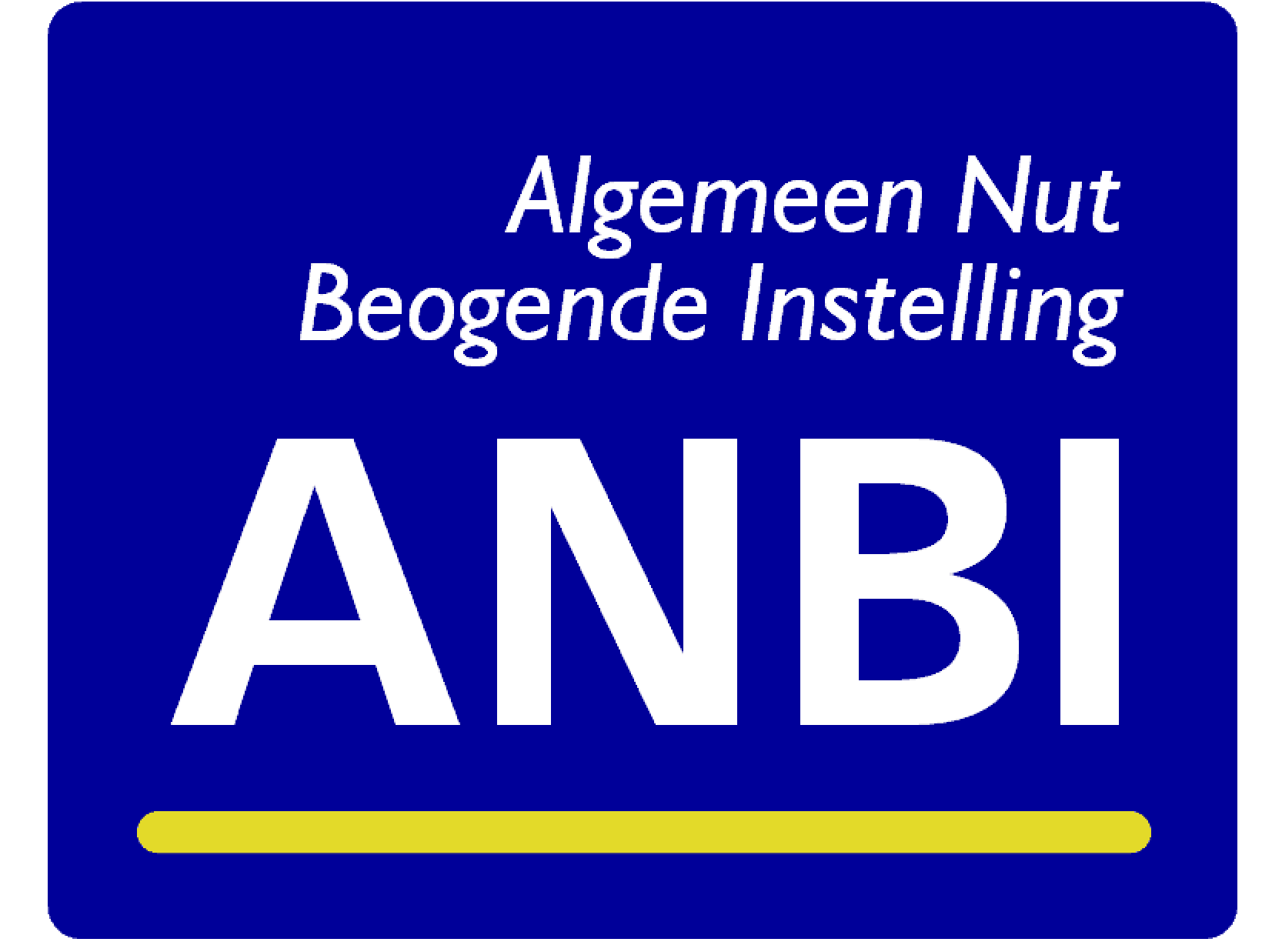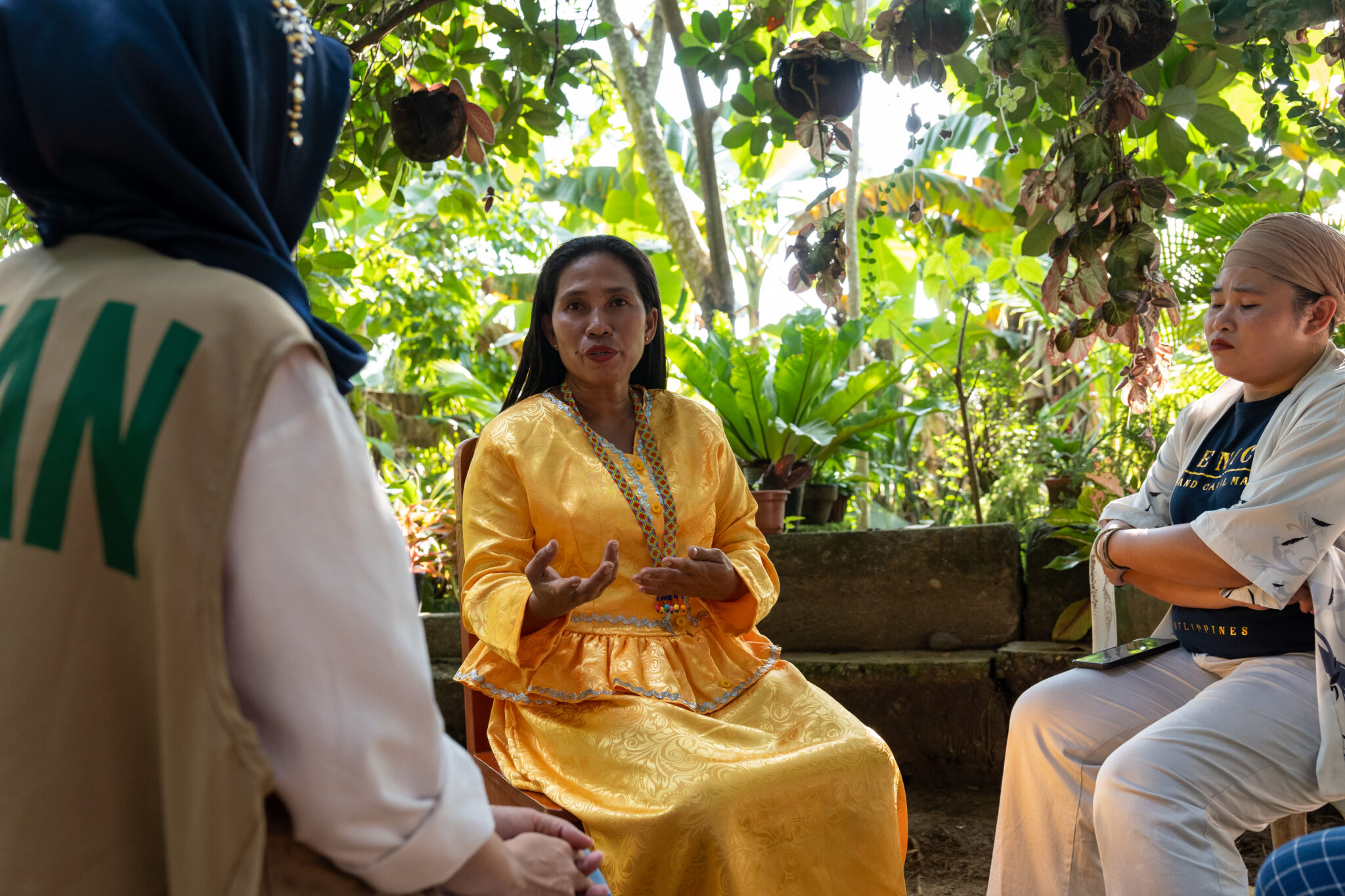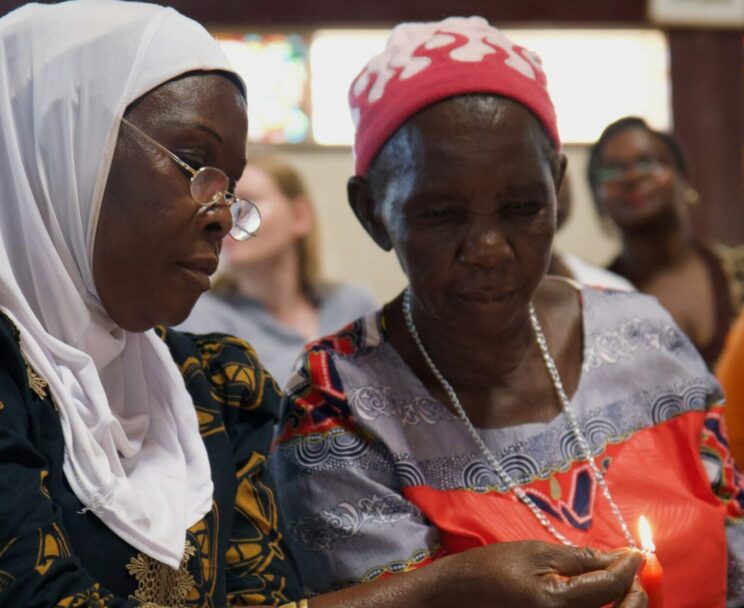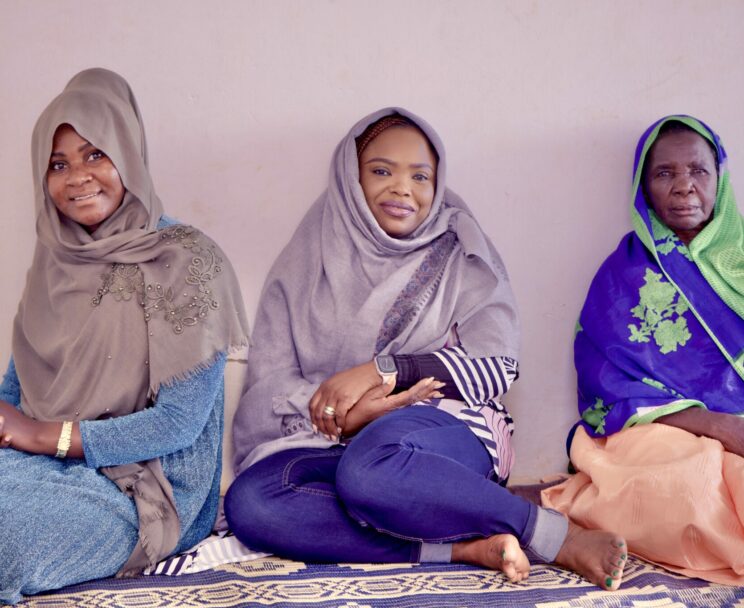Our Path to Peace and Equality
At Mensen met een Missie, we are committed to transforming harmful beliefs that lead to discrimination, exclusion, and violence. In order to know how to do this most effectively, we studied the causes and dynamics of change. This research forms the basis of our Theory of Change: the blueprint guiding our efforts to create a world where reconciliation, peace, and equality flourish. In this article, we delve into the core elements of our theory, the dynamics of exclusion, and the actions we take to create change.
Harmful Beliefs about ‘The Other’
At the heart of our mission is the conviction that beliefs about ‘the other’ are central to the dynamics of discrimination, exclusion, and polarisation. These harmful beliefs are often rooted in social, cultural, and religious narratives that perpetuate practices of exclusion and violence. We focus on changing these beliefs and the power relations that sustain them.
The problem we address is the manifestation of discrimination, exclusion, and polarisation, which can be based on factors such as gender, religion, ethnicity, class, and caste. These issues not only lead to hate and violence but also hinder peace, reconciliation, and equality. Harmful cultural narratives reinforce themselves through a cycle of mistrust and ‘othering,’ where the ‘other’ is seen as lesser. This leads to a breakdown of constructive relations and reinforces harmful convictions. Additionally, grievances and alienation resulting from discrimination can further entrench these negative cycles.
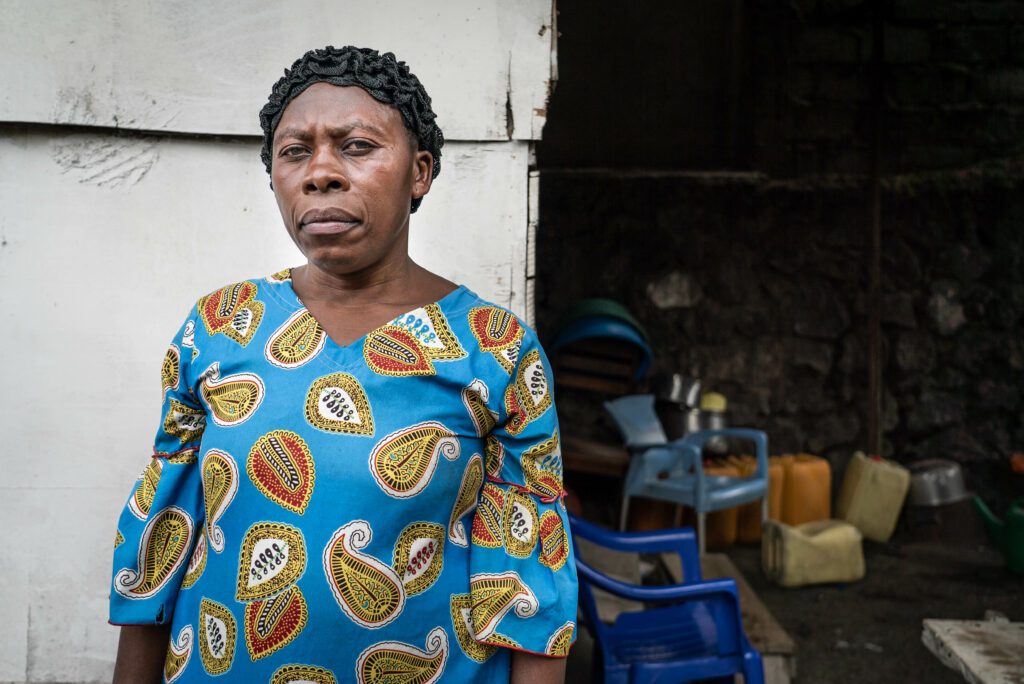

Abuse of Power and Privilege
A key factor in maintaining harmful beliefs is the abuse of power and privilege. Those who benefit from the status quo resist change, maintaining non-inclusive frameworks that silence the voices of marginalized groups. This leads to a lack of openness to other perspectives, keeping harmful beliefs in place.
The Complexity of Change
In our pursuit of a more inclusive and peaceful world, understanding the dynamics of change is crucial. Change is not a linear process; it’s complex and multifaceted, involving a range of actors, factors, and interactions. A deep understanding of these dynamics is necessary to guide our actions and strategies.
The multi-layered process of change involves various elements interacting with each other. It’s not just about changing individual beliefs or actions, but also about transforming underlying structures, systems, and power relations that keep harmful practices going. This requires a holistic approach that addresses the root causes of issues and fosters sustainable solutions.
Systems Thinking
Our Theory of Change is shaped by systems thinking, which recognizes that the issues we address are part of larger, interconnected systems. By understanding these systems, we can identify leverage points where interventions can have the biggest impact. This approach helps develop strategies that are proactive as well as reactive, aiming to transform the system as a whole.
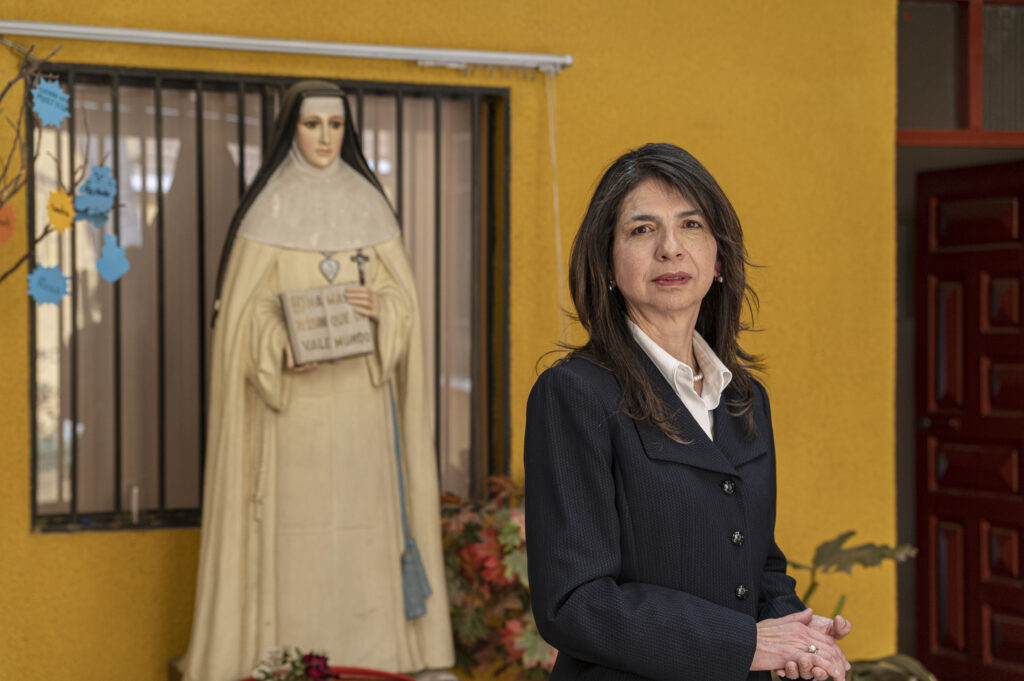

Patricia Bozo de Durán: “Girls in Bolivia are raised to believe that they are inferior and incompetent, and that it is their own fault if a man hits them. We are taught this from birth, and it has been happening for centuries. Not only by men, but in some cases also by our own mothers. It’s what everyone is used to.”
Power Dynamics
Power dynamics are central to the dynamics of change. In many cases, harmful beliefs and practices are sustained by imbalances of power that privilege certain groups over others. Our approach seeks to challenge and shift these power dynamics, empowering marginalized communities and promoting more equitable relationships.
Narratives also play a crucial role in shaping perceptions and driving change. By challenging harmful narratives and promoting alternative, inclusive ones, we can influence the way people think and act. This involves not just changing the content of the narrative but also who gets to tell the story, making sure that diverse voices are heard and valued.
The Theory of Change: Strategies and Actions
Our strategies for creating change are diverse and context-specific, but they all aim to engage with the complex dynamics of change. We recognize that the issues we address are complex and multifaceted, requiring flexible and adaptive approaches. Our strategies are designed to be responsive to the evolving context, allowing us to navigate the complexities of change effectively. Our Theory of Change outlines various pathways through which we aim to break the cycles of exclusion and discrimination:
- Mobilize
Change is not just about implementing programs or projects; it’s about building relationships. By fostering strong, trusting relationships with our partners and the communities we work with, we can create a foundation for meaningful and lasting change. We mobilize motivation, knowledge, and resources to support our partners. This includes fostering spiritual inspiration, providing access to knowledge and tools, and enhancing organizational capacities. - Connect
Dialogue and collaboration are key to our approach. By bringing together different stakeholders and facilitating open, inclusive discussions, we can co-create solutions that address the needs and aspirations of everyone involved. We help our partners connect, increasing their influence and credibility. This involves forming alliances, facilitating access to policymakers, and amplifying voices through media and public platforms. - Advocate
While our work often focuses on community-level interventions, we also advocate for systemic change at the policy and institutional levels. This involves engaging with policymakers, influencers, and other key stakeholders to promote policies and practices that support inclusion and equality.
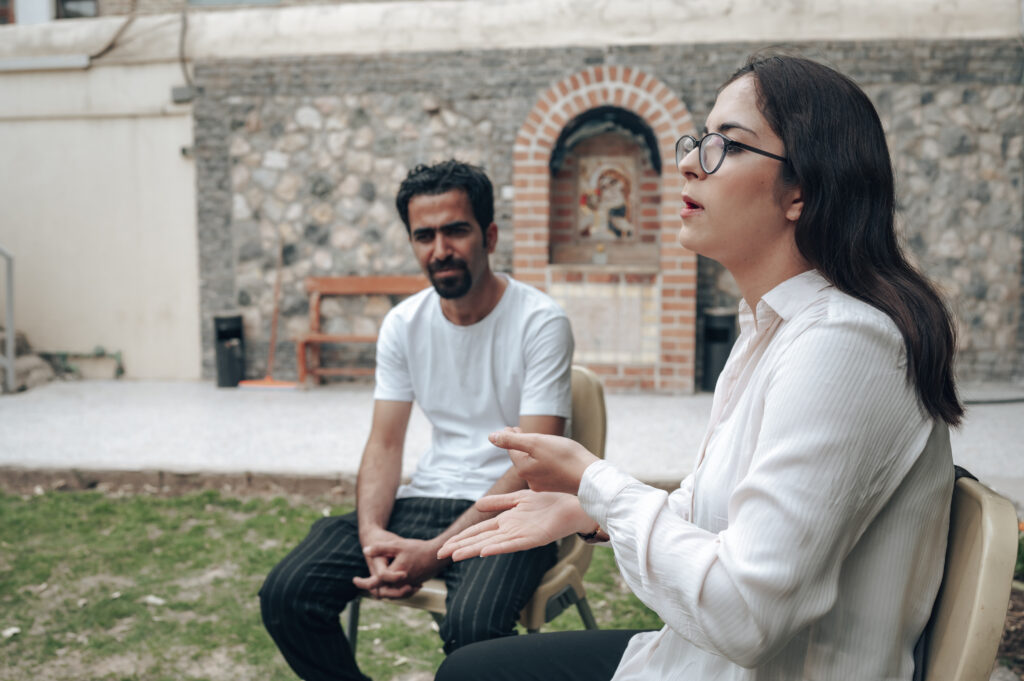

The Role of People with a Mission
Our partners, the ‘people with a mission,’ are central to our approach. They take various actions to address the issues of discrimination and exclusion:
- Dialogue
Activities such as interfaith dialogue and exposure experiences aim to break down barriers of ‘othering’ and foster mutual understanding and respect. - Model
By showing inclusive and peaceful behavior, our partners demonstrate that a different reality is possible, inspiring others to embrace change. - Mobilize
Partners mobilize and train individuals and communities to challenge harmful beliefs and stand up for their rights. - Support
Providing support to those affected by discrimination and violence helps restore dignity and resilience, breaking the cycle of negative experiences. - Advocate
Advocacy efforts target both community leaders and policymakers, promoting policies and practices that foster inclusion and equality.
Bouchra participant international youth exchange: “After the youth exchange in Kenya, I realize that there is much to learn from people with a different background. I will now delve into something before rejecting anything or anyone.”
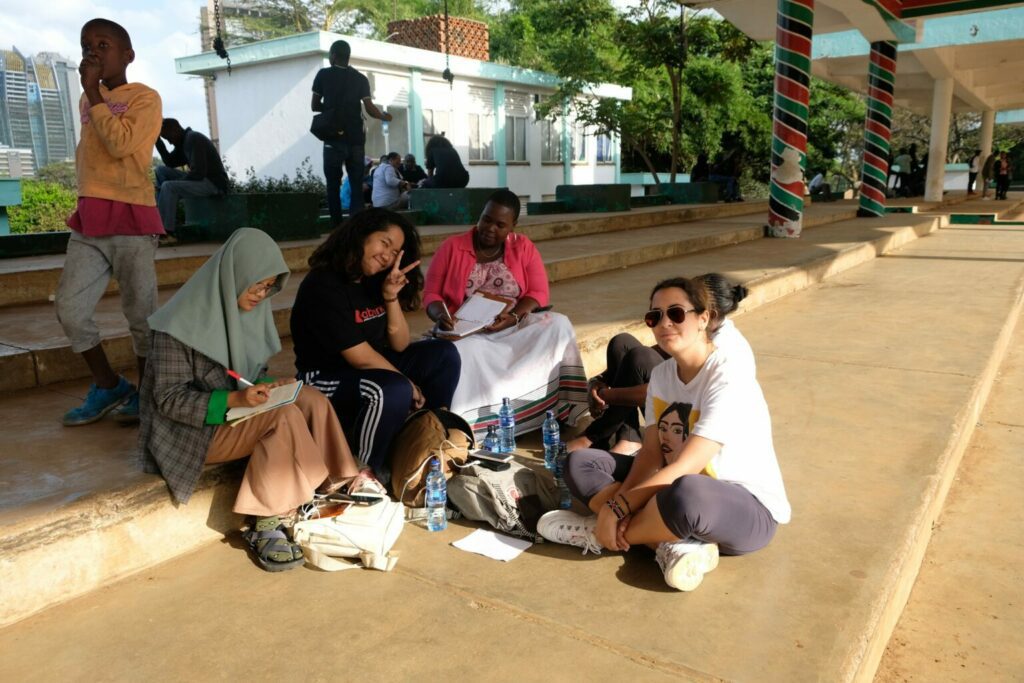

In conclusion
Our Theory of Change is a comprehensive framework that guides our efforts to transform harmful convictions and foster a world where peace and equality prevail. By addressing the root causes of discrimination and exclusion and empowering individuals and communities to advocate for change, we are committed to building bridges of understanding and solidarity. Understanding the dynamics of change is essential in this process. By taking a holistic, systems-based approach and engaging with the complexities of power, narrative, and relationships, we aim to create lasting, transformative change. Through dialogue, advocacy, and support, we strive to create a more inclusive and just society, where every person is valued and respected.


